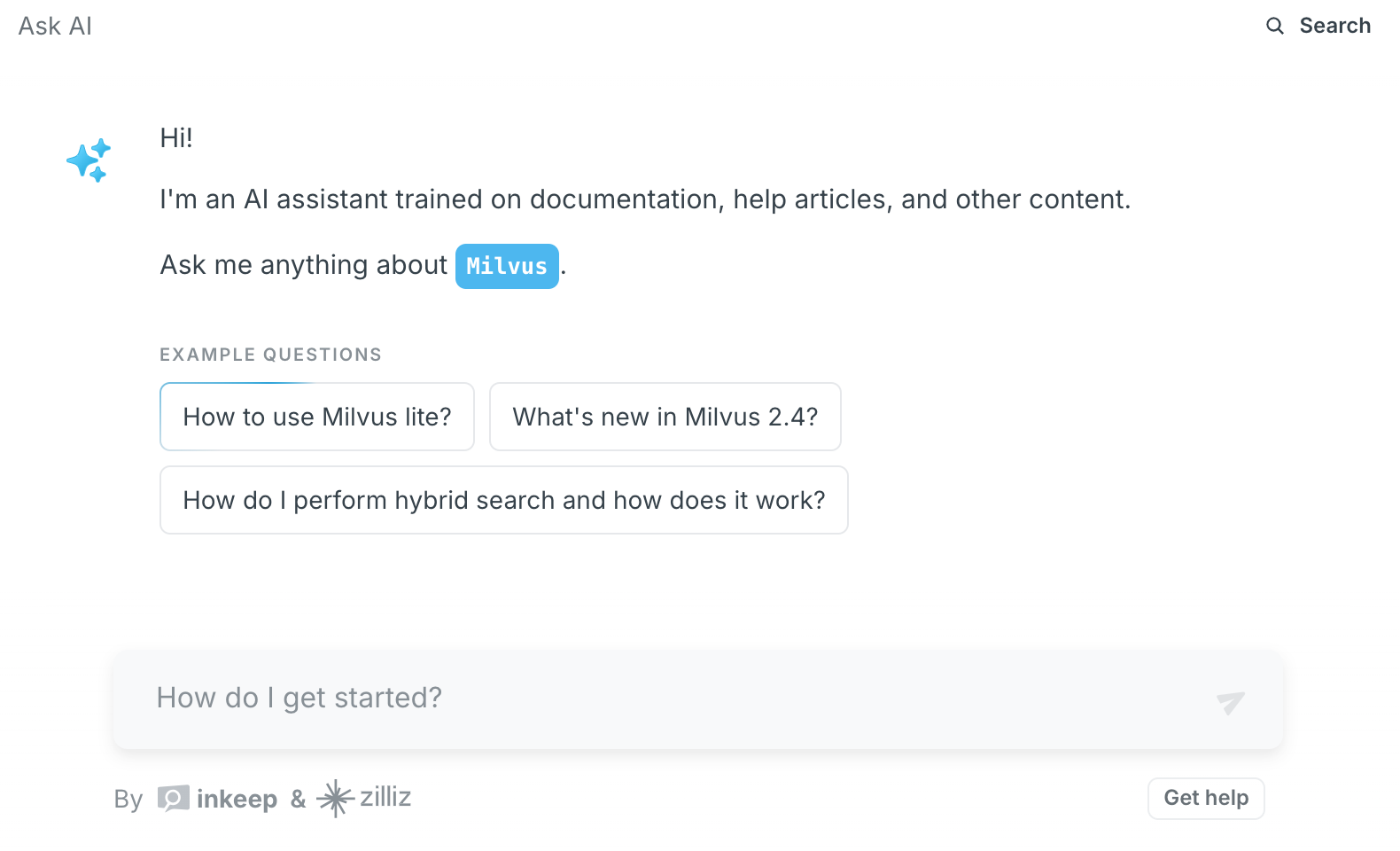In a Retrieval-Augmented Generation (RAG) system, the role of retrieving and ranking relevant passages is crucial for ensuring that the Large Language Model (LLM) receives the most pertinent information to generate accurate and contextually appropriate responses. An advanced re-ranking model can be employed on retrieved passages to enhance the quality of information fed into the LLM, but this decision involves certain trade-offs.
The primary motivation for using an advanced re-ranking model is to improve the precision and relevance of the passages that are ultimately passed to the LLM. In scenarios where the initial retrieval provides a large set of documents with varying degrees of relevance, a sophisticated re-ranking model can significantly refine this list. This is particularly beneficial in complex domains such as legal, scientific, or technical fields, where nuanced understanding and precise details are paramount. By leveraging deep learning techniques or neural network-based approaches, these re-ranking models can assess semantic similarities more effectively than traditional keyword-based methods.
However, incorporating an advanced re-ranking model introduces trade-offs in terms of system latency and complexity. One of the most direct impacts is an increase in latency. Advanced re-ranking models often require substantial computational resources, as they might involve multiple layers of processing and deep neural networks. This additional computation can lead to slower response times, which may not be acceptable in applications where real-time or near-real-time interaction is expected, such as customer support chatbots or interactive virtual assistants.
Moreover, the complexity of the system architecture increases with the integration of advanced re-ranking models. This complexity arises from both the implementation of sophisticated algorithms and the need for maintaining and updating these models as the underlying data or domain knowledge evolves. Organizations must weigh the benefits of improved passage relevance against the potential challenges of maintaining a more intricate system.
In summary, choosing to employ an advanced re-ranking model in a RAG system is a decision that hinges on the specific requirements of the use case. While it can significantly enhance the quality of information provided to the LLM, thereby improving the overall output, it also necessitates careful consideration of the trade-offs related to latency and system complexity. Organizations should evaluate their priorities and resources to determine whether the enhanced accuracy justifies these additional costs.
